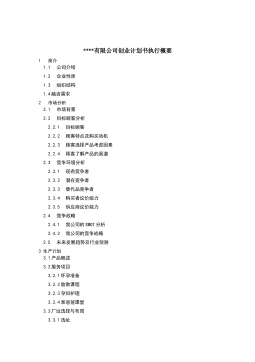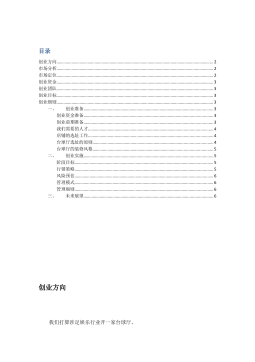中国与东盟对日本金融服务贸易竞争力比较研究
摘要上世纪80年代以来,服务贸易日益成长为一国经济增长的重要动力,而作为服务贸易重要组成部分的金融服务贸易既是资本技术等生产要素密集的服务贸易,在服务贸易的价值链体系中处于较高端的位置,同时对经济安全有较大影响,是经济发展的重要支撑。在亚洲,中国、日本、东盟是三个非常重要的经济体,三者间的经贸关系日益密切。将中国对日本金融服务贸易与东盟对日本金融服务贸易进行比较一方面能了解我国在发展金融服务贸易的优势和劣势,明确我国在亚洲金融服务贸易中所处的战略地位;另一方面也可借鉴日本与东盟相互间发展金融服务贸易的经验,进行优势互补以及更好地发展与东盟各国以及日本的金融服务贸易。本文共有五章内容。第一章绪论...
相关推荐
-
10KV电网D-SCADA 系统信息采集与故障诊断研究与设计VIP免费

 2024-10-14 25
2024-10-14 25 -
方形吸顶散流器平送风等温射流特性研究VIP免费

 2025-01-09 7
2025-01-09 7 -
关于充液声导波传感器中频散兰姆波的研究VIP免费

 2025-01-09 10
2025-01-09 10 -
结合梁斜拉桥施工过程中考虑剪力滞影响的分析方法VIP免费

 2025-01-09 6
2025-01-09 6 -
空调房间热舒适性的数值模拟与实验研究VIP免费

 2025-01-09 7
2025-01-09 7 -
汽车前轮线控转向系统研究VIP免费

 2025-01-09 8
2025-01-09 8 -
输入分配型混合动力车辆动力系统控制策略研究VIP免费

 2025-01-09 7
2025-01-09 7 -
双馈风力发电系统的柔性并网控制研VIP免费

 2025-01-09 10
2025-01-09 10 -
污水处理厂污泥好氧堆肥发酵技术的试验研究VIP免费

 2025-01-09 7
2025-01-09 7 -
应用风室试验装置的风机性能VIP免费

 2025-01-09 8
2025-01-09 8
相关内容
-

汽车前轮线控转向系统研究
分类:高等教育资料
时间:2025-01-09
标签:无
格式:PDF
价格:15 积分
-

输入分配型混合动力车辆动力系统控制策略研究
分类:高等教育资料
时间:2025-01-09
标签:无
格式:PDF
价格:15 积分
-

双馈风力发电系统的柔性并网控制研
分类:高等教育资料
时间:2025-01-09
标签:无
格式:PDF
价格:15 积分
-

污水处理厂污泥好氧堆肥发酵技术的试验研究
分类:高等教育资料
时间:2025-01-09
标签:无
格式:PDF
价格:15 积分
-

应用风室试验装置的风机性能
分类:高等教育资料
时间:2025-01-09
标签:无
格式:PDF
价格:15 积分






